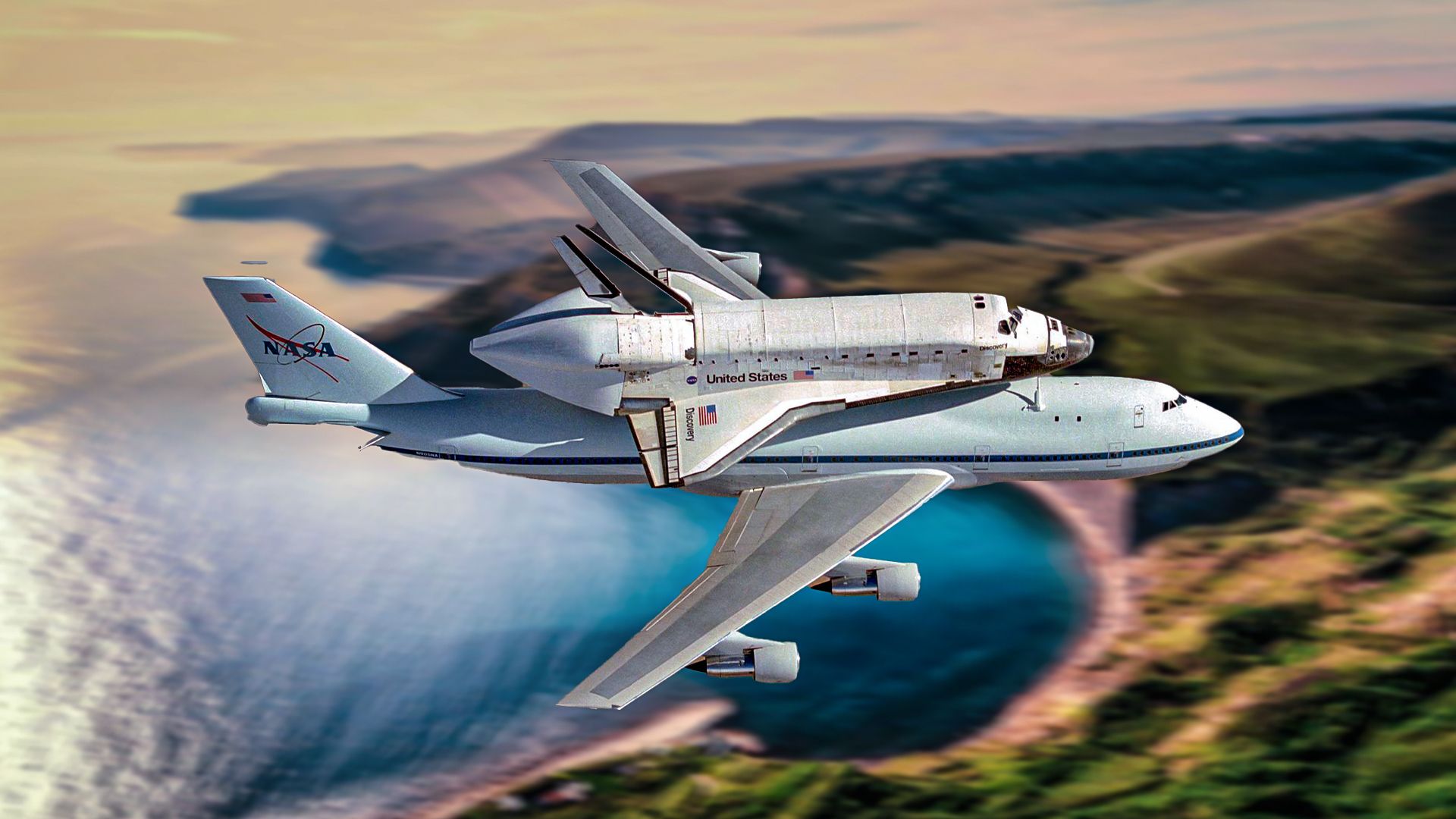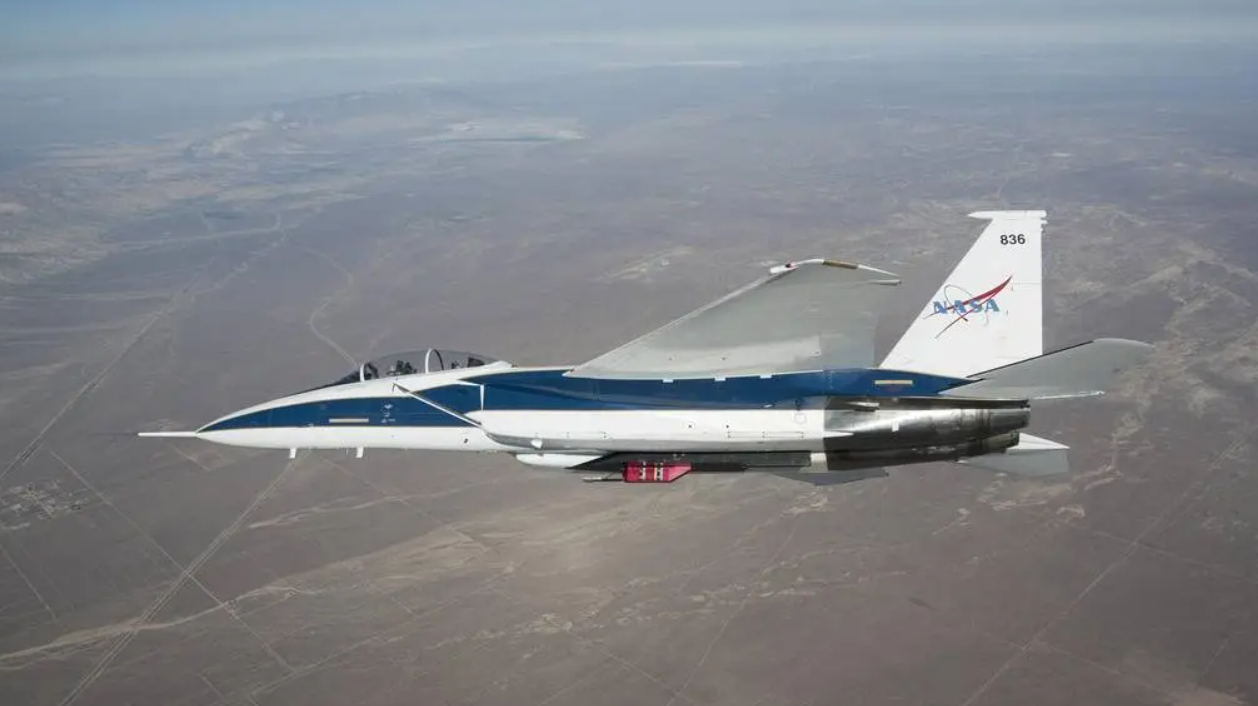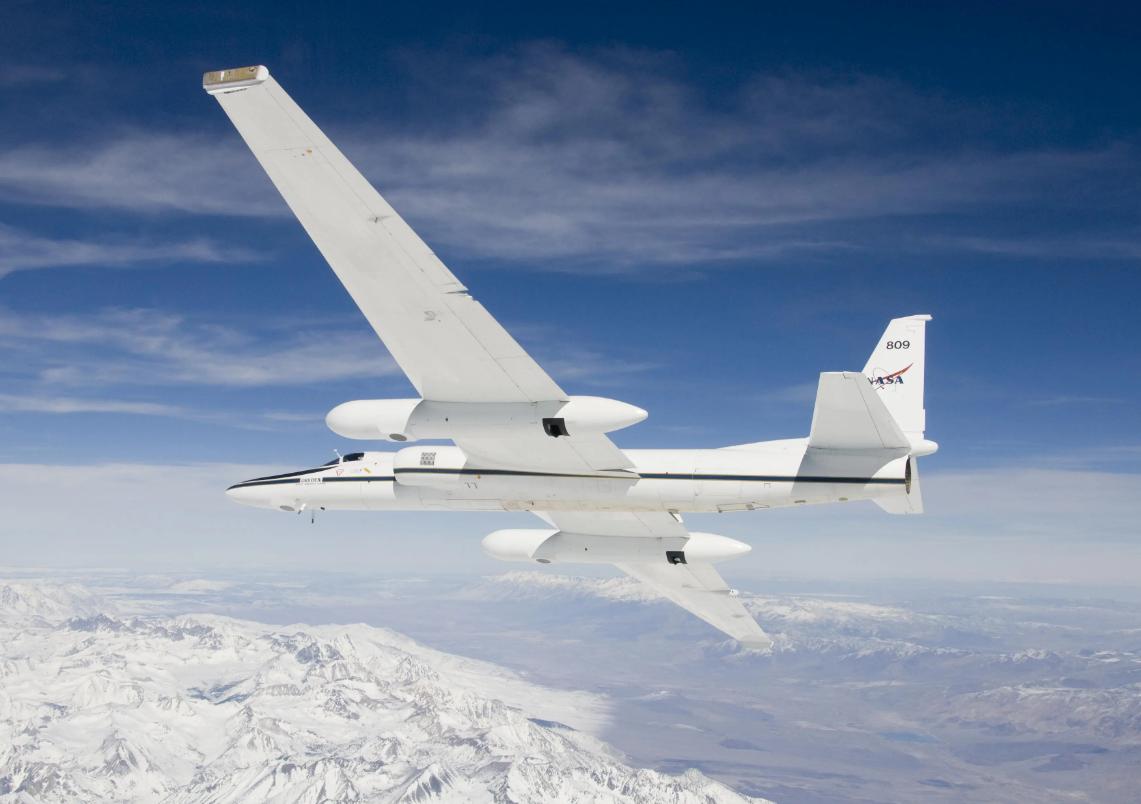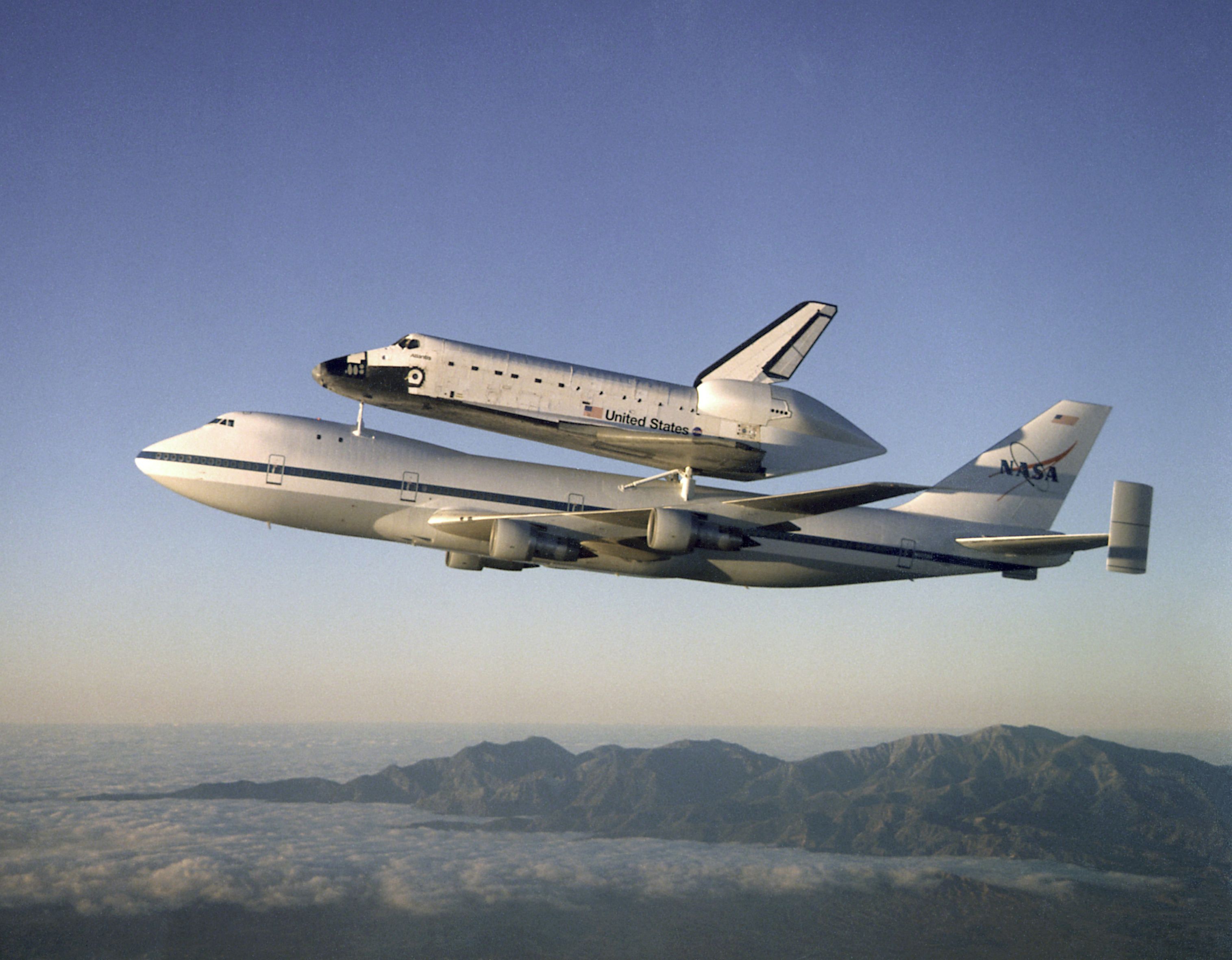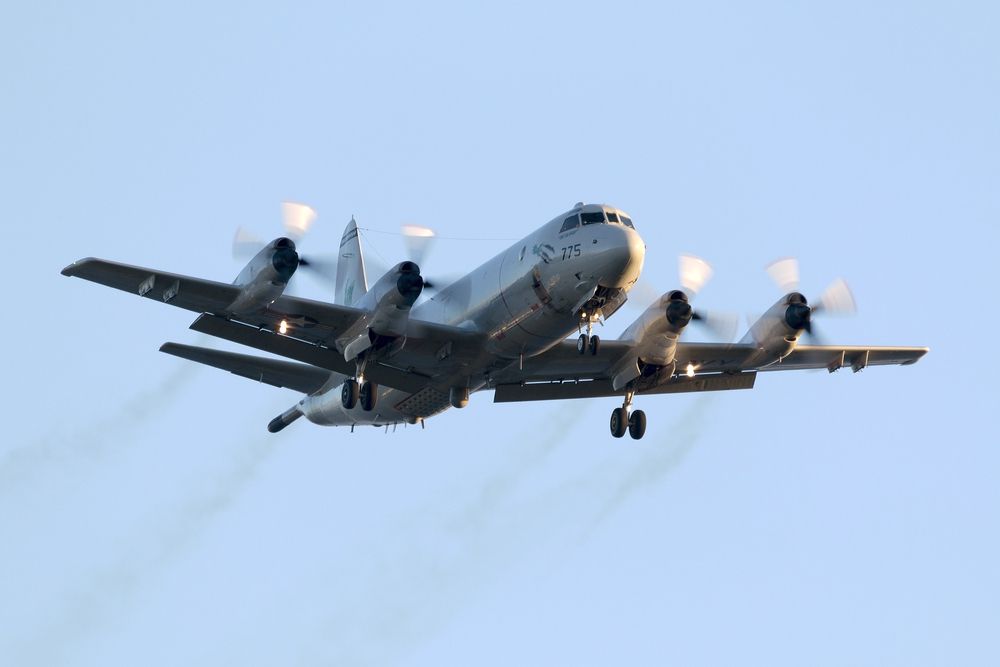Summary
- NASA operates diverse aircraft, from futuristic and experimental drones to aged spy planes.
- Global Hawks gather weather data; NASA projects using Global Hawks include ATTREX & EPOCH.
- F-15B is used by NASA for chase missions, research experiments, and training activities.
NASA operates a wide range of aircraft, including a suite of expensively modified military aircraft. NASA operates everything from ex-military fighter jets to transport aircraft to military drones. Some NASA aircraft are experimental demonstrator aircraft and are used for testing futuristic concepts, while others are used for scientific data-gathering missions.
NASA’s fleet continues to evolve over time – e.g., its iconic flying laboratory DC-8 has recently flown for the last time and retired. NASA’s air fleet is incredibly varied in mission set and age constituting everything from 1950s-era spy planes to futuristic solar-powered aircraft.
1
Northrop Grumman RQ-4 Global Hawk
NASA operates two to three ex-Air Force Global Hawks and uses them for high-altitude missions.
|
Number in use: |
2-3 |
|---|---|
|
Variants: |
1x Block 2 & 2x Block 10 |
|
Military version: |
Northrop Grumman RQ-4 Global Hawk (Air Force) |
The Global Hawk is one of the Air Force’s high-altitude surveillance drones first introduced in 2001. The endurance and impressive suite of sensors and intelligence-gathering capabilities have allowed NASA to use the drone. NASA operates two Global Hawk drones (acquired from the Air Force) for high-altitude, long-duration missions (a third Global Hawk is being refurbished).
Photo: NASA
Global Hawks can gather weather and atmospheric data to help forecasters predict storm paths. NASA projects that have used Global Hawks include the Airborne Tropical TRopopause EXperiement (ATTREX), the Sensing Hazards Operational Unmanned Technology (SHOUT) Program, and the Hands-On Project Experience (HOPE) Eastern Pacific Origins and Characteristics of Hurricanes (EPOCH) program.
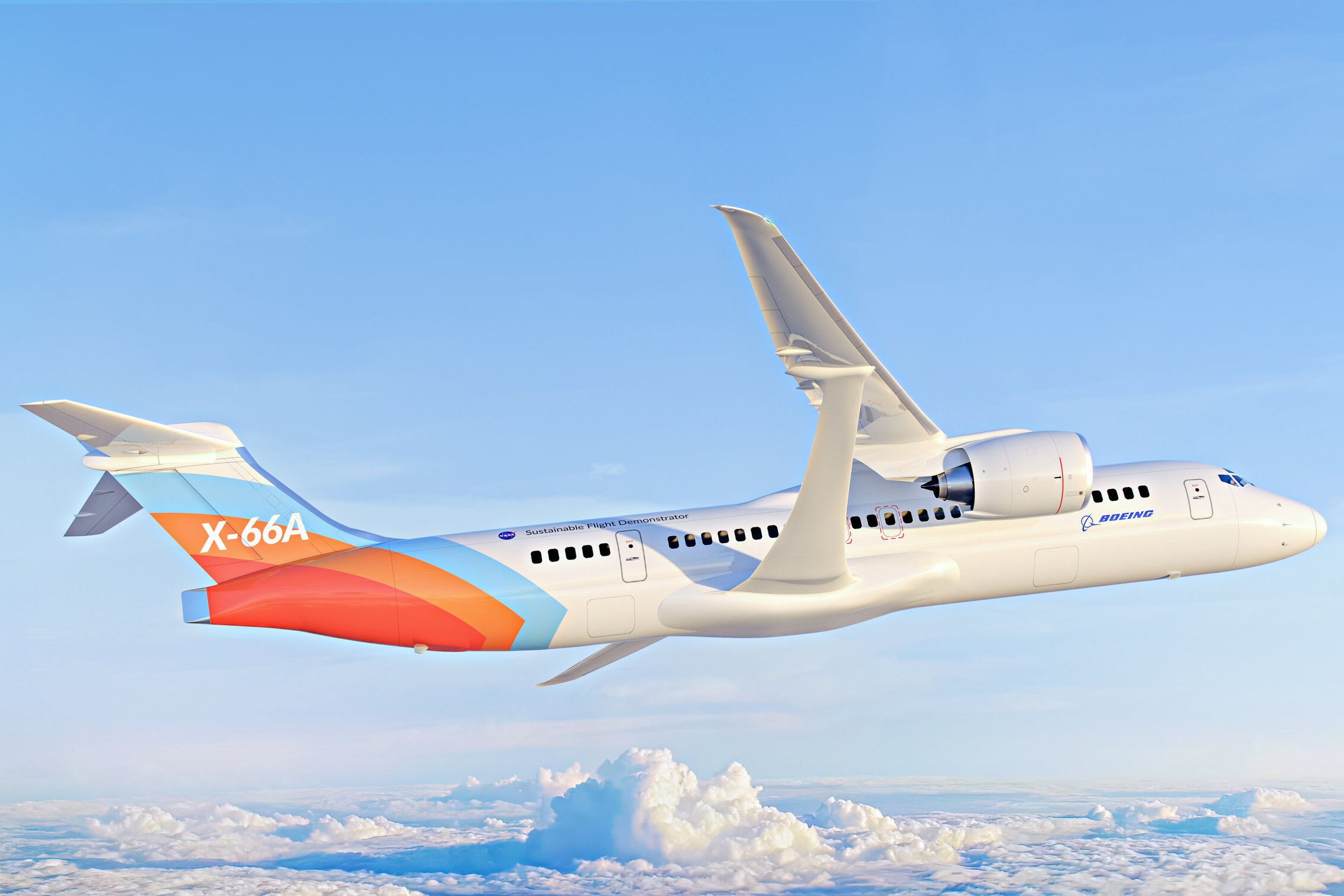
Related
X-66: A Look At NASA & Boeing’s Sustainable Flight Demonstrator Project
The two aerospace giants are building an experimental aircraft to help the US achieve net-zero aviation emissions.
2
McDonnell Douglas F-15B
NASA operates one F-15B and two F-15Ds for a range of chasing, research experiments, and pilot training missions.
|
Number in use: |
F-15B (also 2x F-15Ds) |
|---|---|
|
Registration number: |
NASA tail number 836 |
|
Military version: |
F-15 Eagle |
The F-15 family of fighter jets has long been one of the world’s foremost air superiority fighters (it is credited with over 100 aerial victories and no aerial combat losses). The platform has evolved and been adapted over the years and has been used as a test bed for a variety of flight research experiments.
Photo: NASA
NASA’s F-15B is a two-seat version of the F-15 (which was obtained from the Hawaii Air National Guard in 1993). NASA uses the F-15Bs for research missions, crew training, pilot proficiency, and safety chase support for other research aircraft. During chase missions, the F-15Bs transmit high-speed airborne video and photography to researchers on the ground.
3
Lockheed ER-2 Earth Resources
The white ER-2s are NASA’s science versions of one of the early Cold War’s most recognizable spy planes.
|
Number in use: |
2 |
|---|---|
|
Registration numbers: |
#806 & #809 |
|
Military version: |
Lockheed U-2 |
The Lockheed U-2 (‘Dragon Lady’) is one of the most iconic spy planes of the Cold War. The U-2 spy plane was developed in the 1950s by the US Air Force and the CIA for high-altitude reconnaissance flights (70,000 feet). NASA operates two Lockheed ER-2 Earth Resources (NASA’s derivative of the U-2) as flying laboratories in the Airborne Science Program under the Agency’s Science Mission Directorate.
Photo: NASA
The ER-2s collect information about the world’s resources, celestial observations, atmospheric chemistry and dynamics, and oceanic processes, making it a versatile aircraft that is well suited to perform multiple mission tasks. NASA states that the ER-2s are also used for electronic sensor research and development, satellite calibration, and satellite data validation. Whereas the Air Forces’ U-2s are painted in the iconic black livery, NASA’s are white.
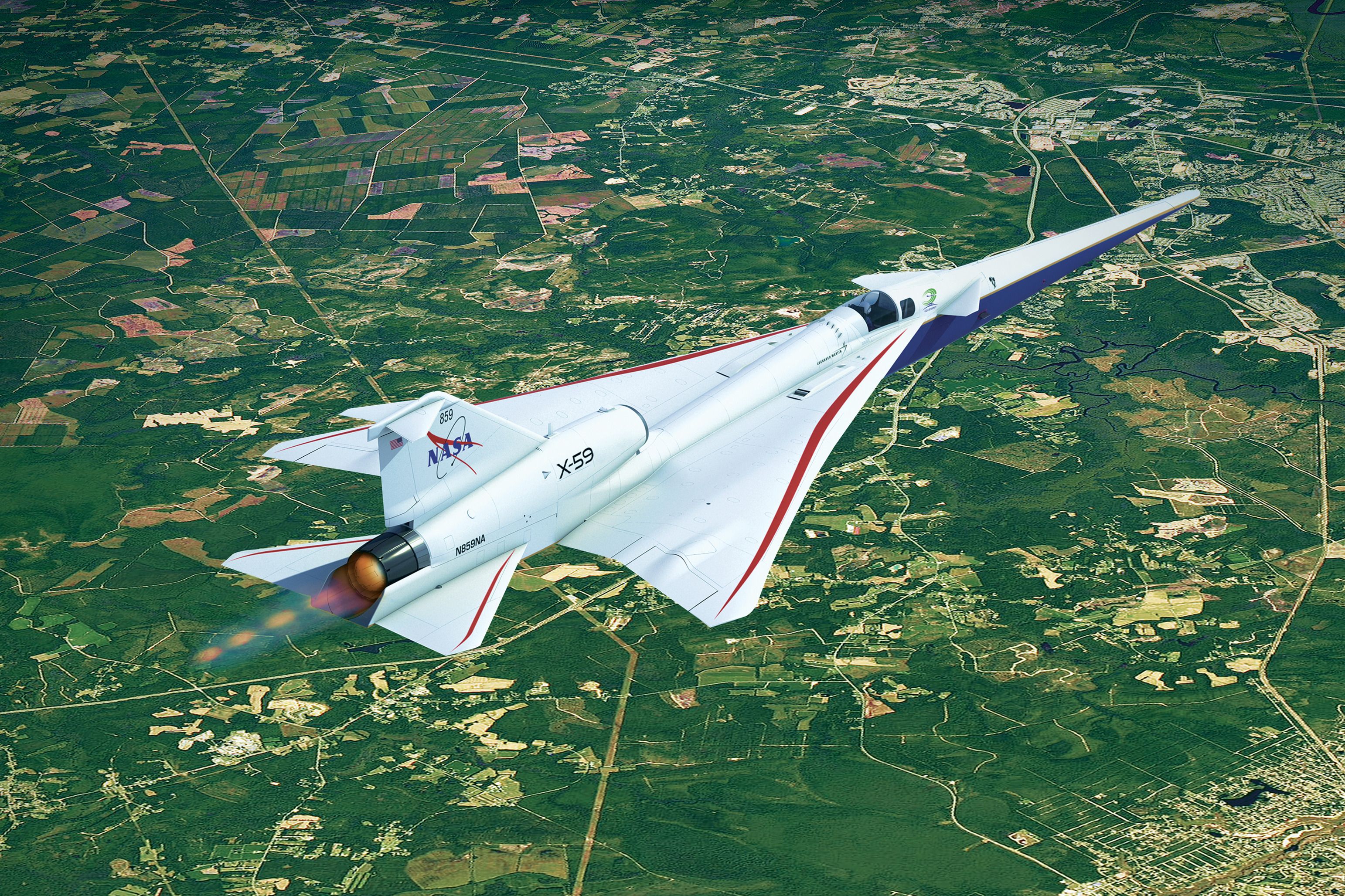
Related
How NASA Hopes To Make High-Speed Commercial Air Travel Possible
The agency has awarded two contracts to develop roadmaps and design concepts for a vehicle that can travel at speeds of Mach 2 to 4.
4
Shuttle Carrier Aircraft
The modified Boeing 747 Shuttle Carriers were some of the most iconic NASA aircraft ever operated.
|
Number in use: |
2 (retired) |
|---|---|
|
Registration numbers: |
N905NA & N911NA |
|
Military version: |
civilian (US Air Force VC-25 & Boeing E-4) |
It’s a bit of a stretch to call the Boeing 747 a military aircraft, but the Air Force uses it as the Air Force One presidential aircraft and as the Doomsday aircraft – technically making at least some variants military aircraft. NASA acquired two extensively modified Boeing 747-100 airliners to carry the Space Shuttle orbiters.
Shuttle Carrier N911NA retired on February 8, 2012, and the other Shuttle Carrier N905NA retired after transporting the Space Shuttles to their respective museums. One is now on display at the Joe Davies Heritage Airpark in Palmdale, California, and the other is on display at the Space Center in Houston.
5
Lockheed P-3 Orion
The P-3 Orion is an extensively modified Lockheed L-188 Electra used for long-range scientific missions by NASA.
|
Number in use: |
1 |
|---|---|
|
Registration numbers: |
N426NA |
|
Military version: |
US Navy P-3 Orion (in final stages of being phased out) |
The Lockheed P-3 Orion has been one of the Western air forces’ primary anti-submarine and maritime surveillance aircraft (originally developed for the US Navy). It is now being replaced around the world by the Boeing P-8, but NASA continues to use its P-3 Orion (N426NA) for scientific research in remote areas of the world.
United States Navy Lockheed P-3C Orion
NASA’s Wallops Flight Facility (WFF) Aircraft Office has operated the P-3 since 1991 for a wide range of scientific activities – including ecology, meteorology, atmospheric chemistry, cryospheric research, oceanography, soil science, biology, and satellite calibration/validation. NASA states that far from hunting subs, its P-3 has been extensively modified to support airborne scientific research.

